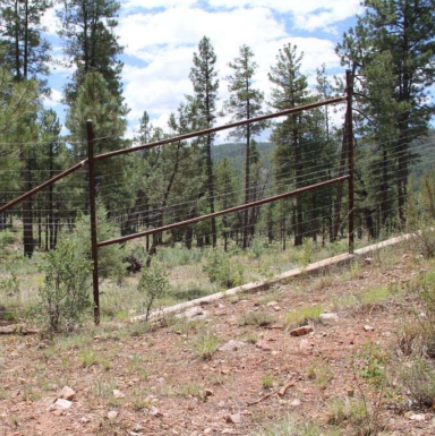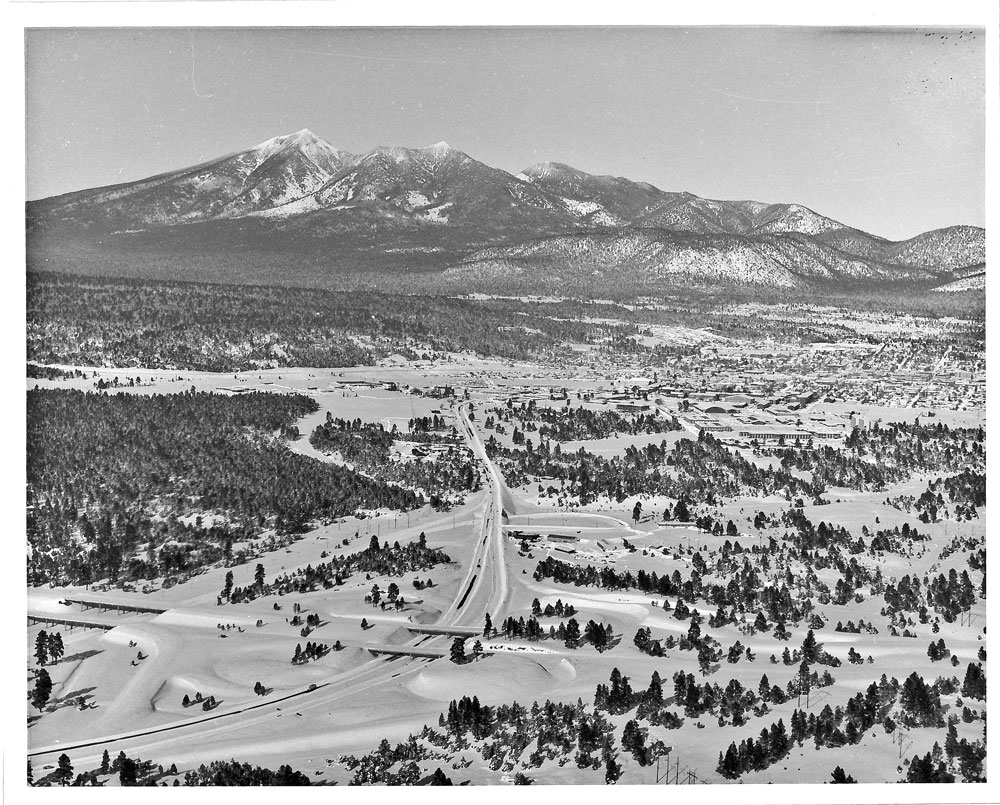I-17 pavement improvement project starts again south of Flagstaff
I-17 pavement improvement project starts again south of Flagstaff
I-17 pavement improvement project starts again south of Flagstaff
I-17 pavement improvement project starts again south of Flagstaff
Lane restrictions needed as work resumes following winter shutdown
FLAGSTAFF – After a break due to the winter weather season, a project to repave and make other improvements along southbound Interstate 17 south of Flagstaff has resumed with lane restrictions starting today (Monday, April 24).
Drivers should expect lane restrictions in several areas while the pavement improvement work is underway over the next several months, according to the Arizona Department of Transportation.
Southbound I-17 is currently narrowed to one lane around the clock in several locations between Flagstaff and the Munds Park area during the current stage of repaving.
ADOT recommends drivers allow extra travel time, especially during peak travel times. Motorists also should obey reduced speed limits and stay alert for workers and equipment in all work zones.
In all, the $35 million project, which started last year, will repave 29 miles of southbound I-17 between Flagstaff and the Coconino/Yavapai county line. The project also includes bridge repairs and improvements along shoulders and interchange ramps. Work is scheduled for completion by fall 2023.
Real-time highway conditions are available on ADOT’s Arizona Traveler Information site at az511.gov. ADOT also provides highway condition updates via its Twitter feed, @ArizonaDOT.







